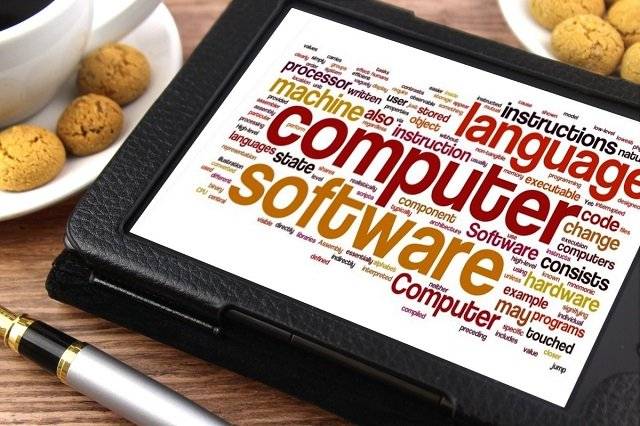The following article is brought to you by the Patent experts of BananaIP (BIP) Counsels, India’s leading new age IP firm. This post will help you understand how software inventions are normally examined and understood by the Indian Patent Office and the United States Patent and Trademarks Office (USPTO).
Due to the growing economic significance of computers and computer programs, the patentability of software inventions has been a subject of international attention in the recent past. A software patent is generally defined as the patent that involves programming techniques to enhance the computer performance.
The Indian patent law does not provide a proper definition of the term ‘software’ or ‘computer program’. But, under the section 2 of the Copyright Act, 1957 a computer program is defined as “a set of instructions expressed in words, codes, schemes or in any other form, including a machine readable medium, capable of causing a computer to perform a particular task or achieve a particular result”. Section 3 of the Indian Patent Act, 1970 summarizes about the inventions that are not patentable. In particular, Section 3(k) of the Patents Act excludes mathematical methods, business methods, computer program per se and algorithms from the patentable subject matter. According to the Computer Related Inventions (CRI) guidelines issued by the Office of the Controller General of Patents, Designs and Trademarks on 19th February, 2016, the computer program in itself is never patentable. The Examiners are advised to deny the claims if the contribution lies only in mathematical method, business method or algorithm. However, software can be patented in India if the software is in conjunction with a new hardware. In other words, the software must be in relation to a specific hardware (a device or apparatus) and the claims will include the device or apparatus used in conjunction with the software. Inventions that are combined with hardware and software features that are inventive, novel and hold industrial applicability are patentable.
At the USPTO, there is now a ray of hope for Computer and Software based patents. Most software related inventions in the US were rejected by the examiners in light of Alice Corp. v. CLS Bank International. The US patent law states that “Whoever invents or discovers any new and useful process, machine, manufacture, or composition of matter, or any new and useful improvement thereof, may obtain a patent therefore, subject to the conditions and requirements of this title (35 U.S.C. 101)”. However, in light of the updated subject matter eligibility guidelines issued by the USPTO and the recent precedential opinions (Enfish LLC v. Microsoft Corp., Bascom v. AT&T, McRO v. Bandai) that found software patent claims to be patent eligible, it is important to note that there must be either an unconventional method or system or an unconventional computer component in the claim to be patent eligible. The claims that employ only independently known steps are unpatentable but rather the claims must be considered ‘as a whole’ (both individually and as an ordered combination). Thus, the court emphasized that “a new combination of steps in a process may be patentable even though all the constituents of the combination are well known and in common use before the combination was made”. Also, when an examiner asserts that a claim is directed to abstract idea, law of nature or a natural phenomenon, the examiner should explain the reason as to why it corresponds to a concept that the courts have identified as an abstract idea, a law of nature or a natural phenomenon. Patent eligibility can also be found in the specification that describes the improvement and a particular solution to a problem or a particular way to achieve a desired outcome.
In any event, the document issued by the Office of the Controller General of Patents, Designs and Trademarks are merely Guidelines and if they are followed in its intended spirit, then getting a patent grant for software inventions seems to be limited. How about unconventional method tied to known hardware? Will that provide a new hardware? There are still few questions that remain unanswered. In the US, there has been a significant development over the last eight months with respect to subject matter eligibility. At this stage, inventors do not have to lose hope when there is subject matter rejection/objections from the patent examiner as there are ample arguments that can be brought about during the prosecution stage to overcome subject matter rejections/objections. The interpretation of software inventions may further be constrained or may become broader in the near future. There may soon be another case decided by the Court and/or guidelines provided by the Patent Office that can provide us more clarity about the Patent eligibility.
Authored by the patents division at BananaIP (BIP) Counsels.
Image Source & attribution here. The featured image is distributed under Creative Commons Licence CC BY-SA 3.0



